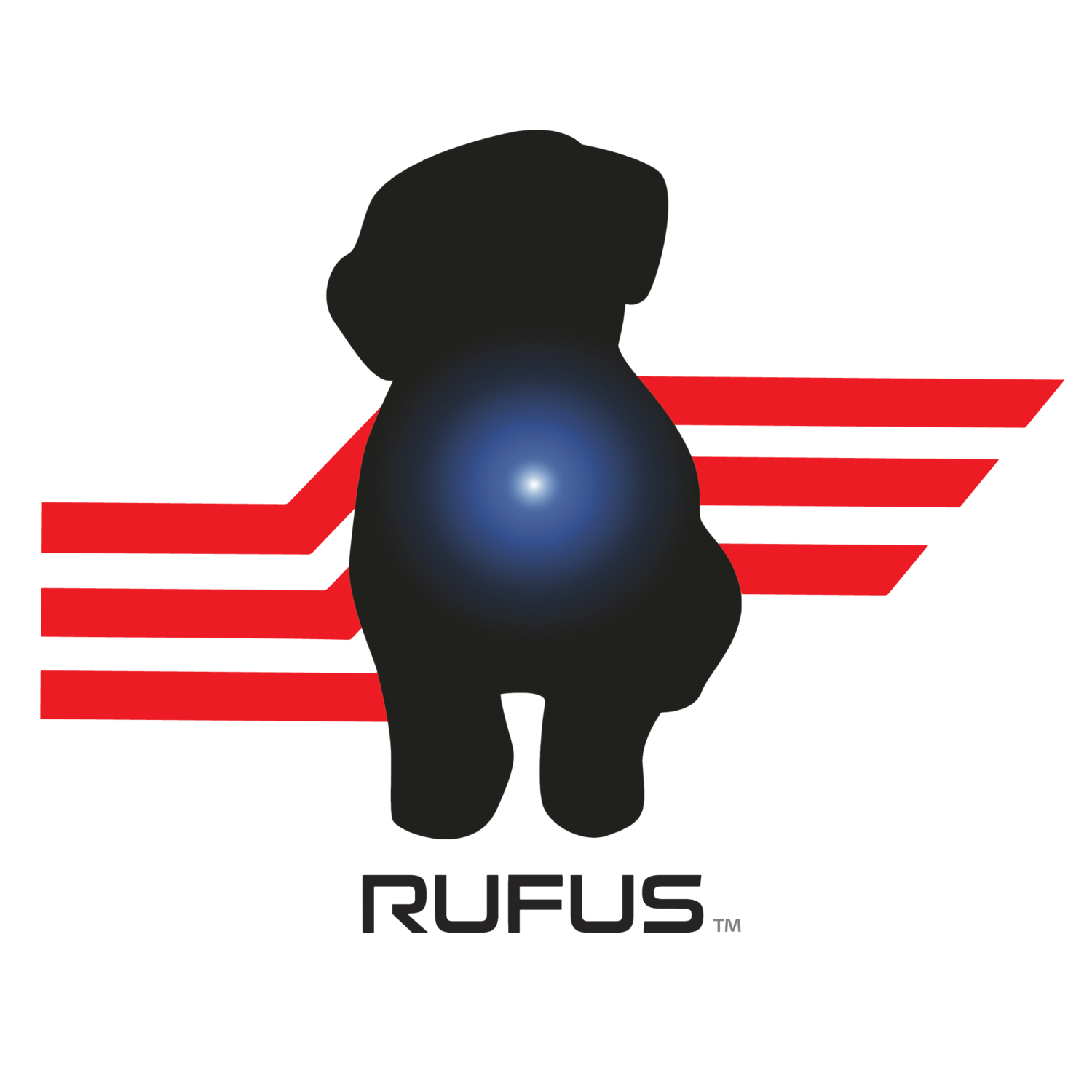How to Innovate your Supply Chain WMS or ERP without Upgrading
It seems like most everything in your life already lives in the cloud. Files, photos, music, and even your personal information are all floating around on a server. This shift towards cloud computing and storage has expanded into the industrial workplace, improving many labor-intensive administrative functions and processes. However, while most cloud-based software is generally very simple to integrate, implementing new WMS/ERP cloud systems can be a more complicated move for warehouse operations.
If you’re staring at your current WMS or ERP software and feeling overwhelmed by pressure to transition over to an updated cloud-based platform, we understand. We won’t sugar coat it; a move like that takes significant time, resources and commitment. The good news is, if your operations do not have the means to completely overhaul and upgrade your system, there is an alternative.
Yes, it’s true! If you are currently running a telnet application or browser-based apps for your warehouse, you can easily upgrade to modern barcode scanning hardware and still see major productivity gains without going to the cloud. With the right software, telnet or browser software can be quickly modernized to run on state of the art touchscreen android wearable computers and barcode scanners. There’s nothing wrong with updating your warehouse in phases. In fact, some companies find it easier to allow workers time to adjust to their new hardware, optimized to streamline tasks before employing a fully modernized user experience.
Let’s dive into the two major benefits your team could see with this first step towards modernization: productivity and cost.
Productivity Gains
Making the switch to wearables will give you immediate gains in productivity numbers with a seamless transition. Leveraging terminal emulation –– the ability to make one computer terminal appear to look like another –– when updating to modern wearable hardware will allow users the ability to access older programs on new devices.
Wearables eliminate physical keyboards, which make way for a faster android touch-based interface. By providing your workers with rugged, lightweight wearable devices with bright, beautiful touchscreens, you can leverage landscape displays by taking text-based information from your host system and converting it into an intuitive mobile experience that’s easy to navigate and use. The multi-touch experience of today’s personal devices is ubiquitous and familiar to your workforce. Bringing that customary user experience to their enterprise mobile apps makes it easy for them to navigate task screens and enter data more quickly and accurately. Terminal emulation from Velocity allows you to configure and deploy contemporary telnet screens on Rufus wearables minutes. In fact, we’ve seen wearables from WorkHero that run terminal emulators improve productivity by 50%.
Lower Cost
In an exponentially competitive environment to meet customer demands, warehouses are pressured to continuously improve productivity with less budget. Combining terminal emulation with a subscription hardware service like WorkHero allows managers to achieve the seemingly impossible. Retain your host system investment, without spending millions on app migration. The average cost of upgrading a WMS/ERP system for a mid-size enterprise is between $150,000-$750,000, while implementing terminal emulation software averages in the low thousands of dollars.
The 3-Step Roadmap to Innovation
While your warehouse may not be strategically or financially ready to upgrade your WMS to the cloud, adopting modern hardware technology and terminal emulation software will open the door to an innovation roadmap and immediate improvements in productivity.
Step 1: Upgrade your hardware to Rufus WorkHero wearables and barcode scanners, which can easily emulate your current green screen apps.
Step 2: Monitor your team’s productivity in real-time with the Rufus WorkHero dashboard. Optimize workforce KPI’s with actionable insights and reports.
Step 3: As workers see the productivity gains of wearable technology, managers can further modernize by migrating from green screen to an Android user interface in a few clicks.
Implementing just the simple steps above will yield improved workforce productivity that truly makes the most of your initial legacy investment. This gradual roadmap to modernization is fast, cost effective, and allows for your operation to smoothly upgrade technology without interruption until the timing is right to switch to a fully cloud-based WMS/ ERP.



